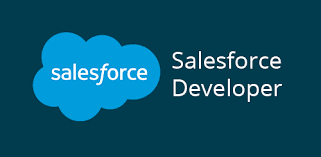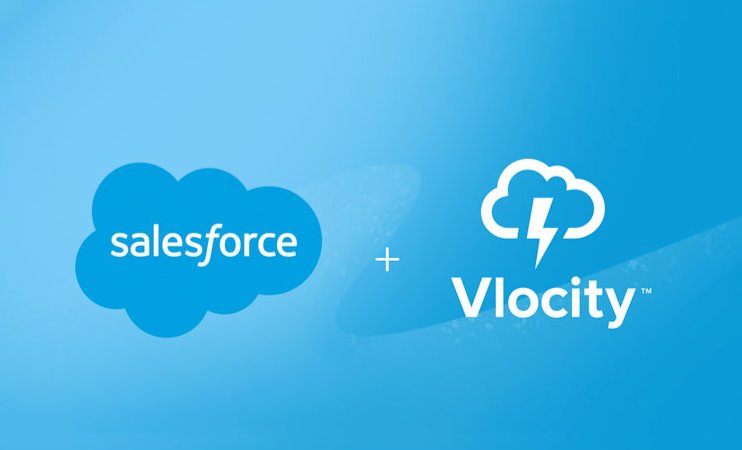
With regards to the universe of Salesforce, the sky’s the limit. There isn’t a field that can’t be added by your Salesforce administrator nor any code a Salesforce developer can’t execute.
- A Salesforce administrator is someone who manages and administers a production Salesforce organization. Admins usually carry out minor declarative changes and have the responsibility of managing releases into production.
- A developer would typically build functionality including Apex/Visualforce in a sandbox before handing it over to the administrator to schedule deployment.
Role of a Salesforce Administrator
Personalize and Develop: A lot of time can be spent in the setup menu adding Picklist Values, amending Page Layouts, creating assignment rules and more.
User Maintenance: Admins will add new users, amend existing accounts, check system permissions on user profiles, restrict and open up data access and more.
Reports and Dashboards: Build Reports to create a wealth of information from data stored in Salesforce.
Data cleanups: Remove duplicate Accounts and Contacts by merging, mass updating and also import data using import wizards e.g. Data import wizard, Data Loader etc.
Role of a Salesforce Developer
Building functionality: This includes writing apex code.
Integration: Salesforce has numerous APIs. Salesforce developers can saddle the mind-boggling flexibility of Salesforce APIs, integrate all your processes and information in both directions, making sure all your systems can talk to each other efficiently.
Developers can sign up for a 2-licence “Developer Edition” in which the entire flexibility of the platform is managed. This is awesome for putting together reasonable work, and experimenting with strategies from the complication of version control, test requirements and other users.
Shared responsibilities
A Salesforce administrator helps to manage ongoing system developments by communicating with customers and colleagues regarding new developments, support etc. They provide continued support to colleagues, especially Salesforce developers, and clients.
Ongoing documentation throughout the development can be communicated to the Salesforce admin so that they are prepared for any customer interaction/support issues.
Bug fixing will likewise happen to guarantee a smooth release to clients. This is a great time to involve the Salesforce admin so that they can test usability and provide feedback.
More and more admins are coding and are taking on some of the responsibilities that would otherwise be left to a developer. However, it is important to understand that though admins and devs have their own roles, there really are no boundaries when it comes to the capabilities of Salesforce admins.





